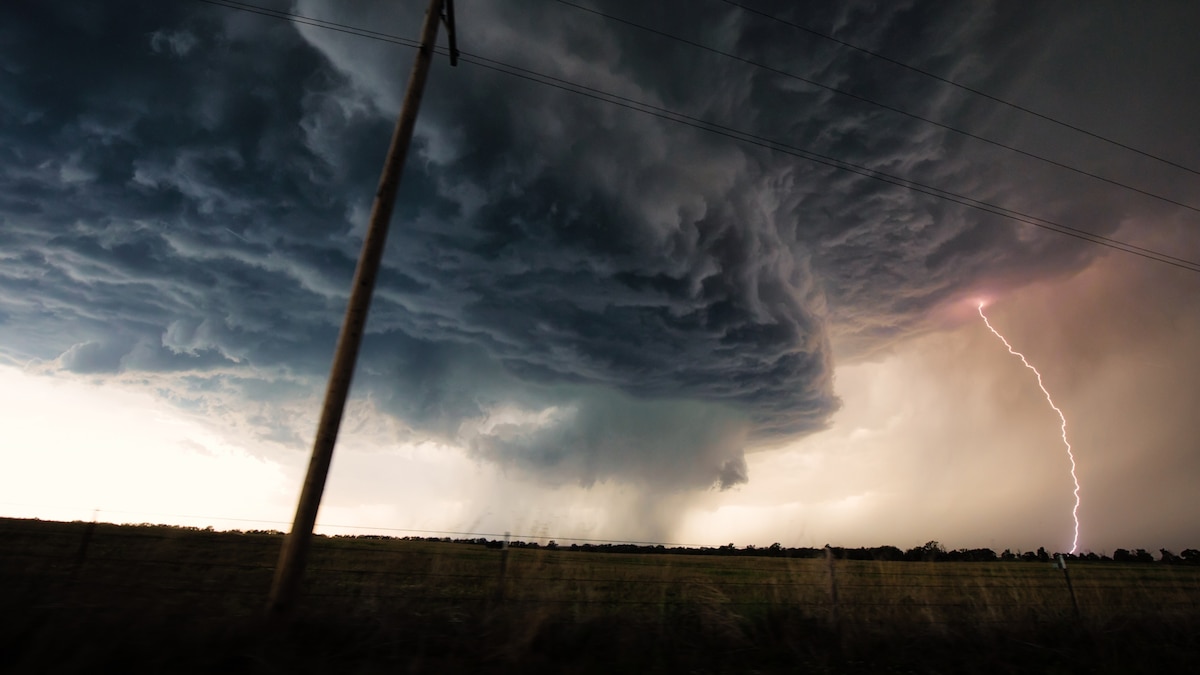Now Reading: Shifting Tornado Alley: Deadliest U.S. Storm Zone Moves Eastward
-
01
Shifting Tornado Alley: Deadliest U.S. Storm Zone Moves Eastward
Shifting Tornado Alley: Deadliest U.S. Storm Zone Moves Eastward

Quick Summary
- Tornado Update: Tornado activity in the U.S. is shifting eastward from traditional Tornado Alley (Texas, Oklahoma, and Kansas) toward the Southeast (e.g., Arkansas, Tennessee, Mississippi).
- Cause: Climate change effects,including drier Great Plains conditions and increased moisture in the Southeast,coupled with population growth making eastern areas more vulnerable.
- Damage: Tornado outbreaks outside traditional Tornado Alley caused billions of dollars in damage in 2024 across states like Louisiana, Florida, Arkansas, and Kentucky.
- Challenges for the Southeast:
– Greater population density increases risks to developed areas.
– More trees reduce visibility during storms.
– Nighttime tornadoes are especially perilous (twice as deadly), affecting states like Mississippi due to delayed response during sleep hours.
– Vulnerability exacerbated by prevalence of mobile homes often occupied by lower-income residents.
- Safety Considerations:
– NOAA Weather Radios are recommended for East Coast residents to stay alert during emergencies.
– Strengthening homes against extreme weather is encouraged using fortified designs supported by insurance incentives.
Indian Opinion Analysis
The eastward shift of tornado activity signals a critical environmental challenge driven by climate change. For India-a nation also grappling with extreme weather patterns linked to climate shifts-this scenario underscores global interconnectedness regarding climate resilience planning. The integrated approach seen in adapting infrastructures and deploying advanced warning systems such as NOAA Weather Radios offers lessons India might apply toward mitigating risks related to cyclones or flash floods.This trend also highlights emerging social vulnerabilities where higher population densities heighten risks.India’s rapidly urbanizing area shares similar concerns that urbanized zones often disproportionally bear climate impacts due to compromised safety nets around high-density populations. Concrete steps can include tailored disaster readiness plans incorporating local geography factors-as evidenced abroad thru better reinforcement standards for mobile homes seen used facing own poor safety weak-points-case tractor-level=inform preparedness align threat mitigates-residential priority bilaterally touch from Indian perspective comparative scope analyzing forward lesson submission global measure future contextuitives!
























